Kalina gordovina: features, planting and care, breeding
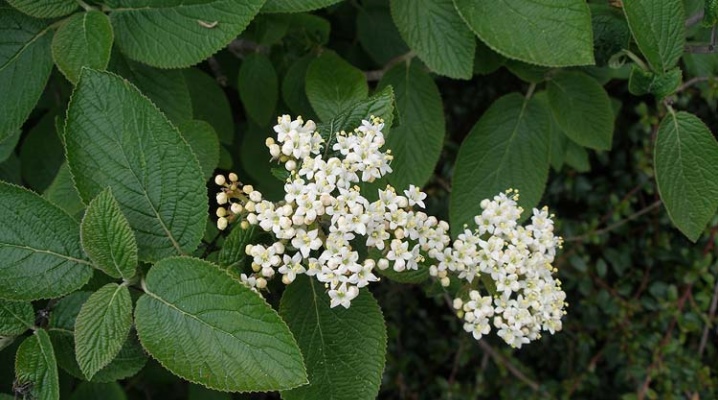
Kalina gordovina is an ideal shrub for planting in a garden. Despite its large size, it has an extremely neat shape, its beautiful inflorescences remain on the branches for almost a month, and the fruits can even be eaten.
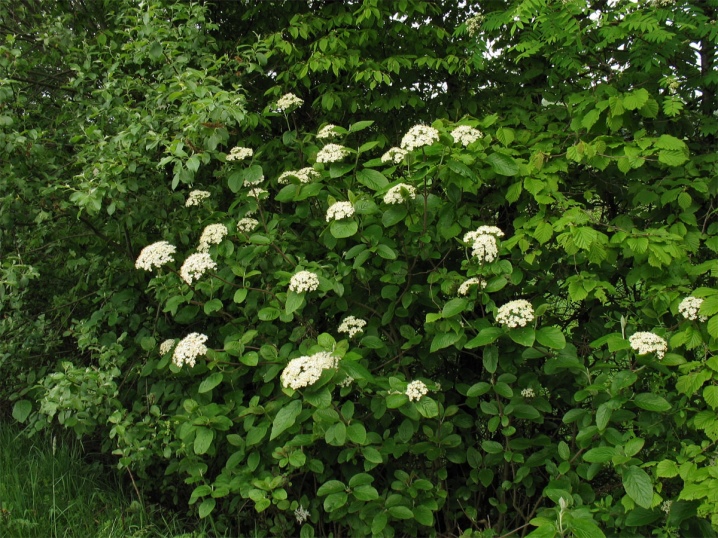
Description
Viburnum gordovina ordinary, in Latin Viburnum lantana, is a deciduous shrub from the adox family. Despite the fact that its fruits can be eaten, the culture is mainly used for landscape design. The shrub has a strong and abundantly growing root system, so the plant is even purposefully planted on the slopes of ravines and the banks of water bodies in order to prevent soil movement. Common gordovina in nature is most often found in Central Europe.
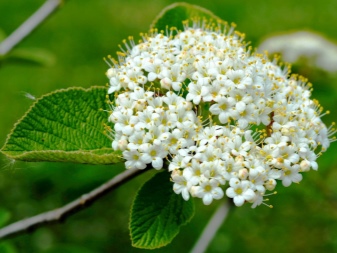
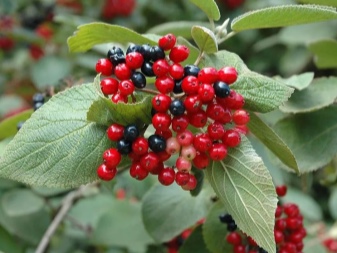
Viburnum gorodina, aka black viburnum, has a tall bush that looks a bit like a tree, reaching a height of about 6 meters. The diameter of the plant is from 3 to 4 meters, but it does not look like overgrown thickets, but is a neat "hat". The dark green leaves have an oval shape and a slightly wrinkled surface. Being quite thick, they grow in length up to 18 centimeters. Both leaf plates and shoots are covered with whitish hairs, making the shrub visually "fluffy". The gray bark begins to crack when the viburnum gordovina reaches the age of 3 years.
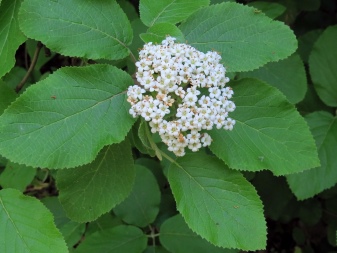
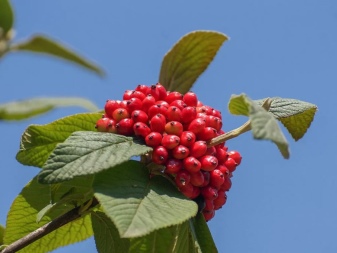
Small fruits in the form of berries form oblong clusters. They appear when the inflorescences fall, changing their original green color to red, and then to black. Red berries are not eaten due to their acidity and tart taste, but the sweeter black ones are often used for making pies or jams. For a year, viburnum gordovina grows by only 30 centimeters, but the life expectancy of the plant reaches 60 years. Flowering begins in June - the shrub is covered with snow-white, creamy, umbrella-shaped inflorescences of a rather large size. Black viburnum blooms from a couple of weeks to a whole month.
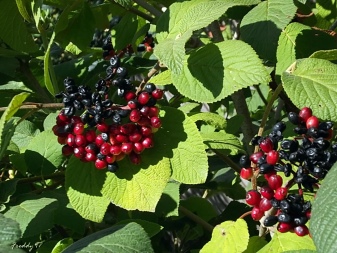
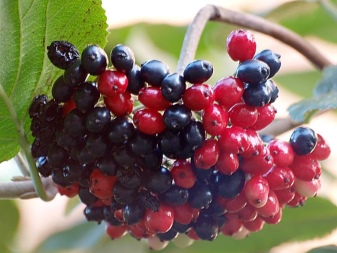
The culture is considered unpretentious and resistant to both low winter temperatures and periods of lack of watering. She rarely gets sick and is able to develop well even in a darkened area.
Varieties
Experts distinguish several varieties of gordovina viburnum. The most popular of them are called two varieties.
- "Aurea" reaches a height of 200 centimeters and forms a very lush shrub. Ovate leaf blades are ten centimeters long. Inflorescences are formed from yellow-white flowers.
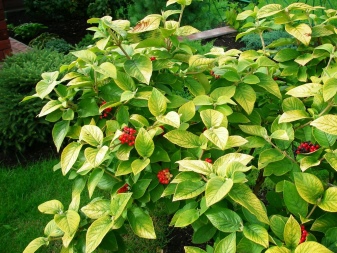
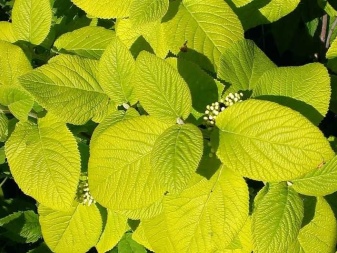
- Variety "Variegata" grows up to 150 centimeters. A dense shrub covered with leaves with small light spots.
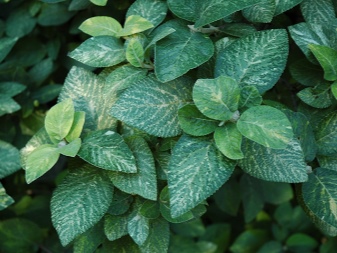

Landing
Kalina gordovina is planted singly or in groups. It does not have any special requirements for lighting and is able to develop both in open areas and when darkened. If possible, the culture should be planted in that part of the territory where it will receive the required amount of sunlight, the impact of which helps to improve its visual appeal. The optimal soil is considered to be black soil or a mixture of silt and loam, providing the viburnum with sufficient moisture. The acidity should be either weak or neutral.The plant categorically does not tolerate peat, sand and podzolic soil mixtures.
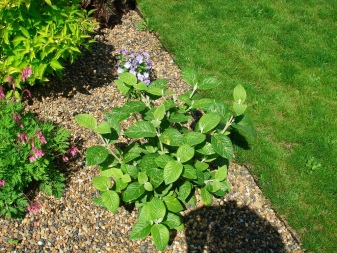

The planting of ordinary gordovina on open ground is carried out either in the fall or in the spring. In the first case, it is necessary to be in time before the leaves appear, and in the second case - before the first serious cold snaps. It is important to first take care of the fertility of the soil, feeding it with complex fertilizers. In principle, landing in both spaces is carried out as follows:
- about a month, the selected area is enriched with potassium-phosphorus fertilizers and, if desired, peat;
- at the next stage, a hole is dug, the depth of which is 40 centimeters, and the diameter ranges from 50 to 60 centimeters; it is important that a gap of one to two meters is maintained between individual landings;
- the bottom is covered with a combination of humus, peat, a glass of wood ash and three tablespoons of urea;
- the bush is located in the hole in such a way that its root collar deepens by a maximum of 5 centimeters;
- further, the depression is covered with the remnants of the soil mixture, and its surface slams.
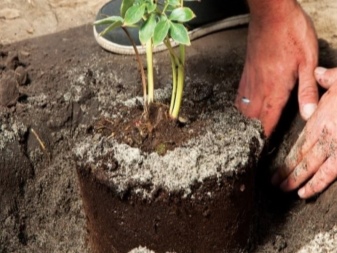
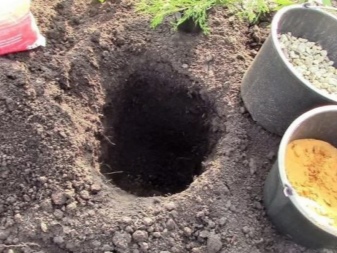
Primary irrigation after planting is always abundant - as many as three buckets will be required for each shrub. After the liquid goes into the soil and the earth settles, the place at the trunk will have to be mulched using peat and sawdust. It is important to make the level of mulch at least 10 centimeters thick.
Follow-up care
Caring for the Hordovina viburnum shrub is quite simple: the shrub needs irrigation, fertilization, loosening and pruning. It is necessary to immediately mention that mulching is carried out during planting, and then the layer used is replaced after three years, and the earth is preliminarily loosened.
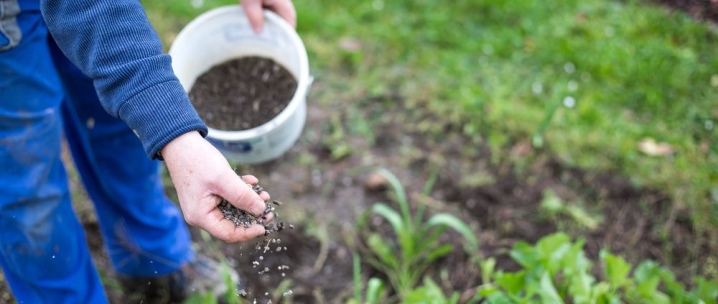
Watering
Kalina gordovina loves moist soil, so watering is necessary for it quite abundant, at least until the new bush takes root in the open field. The procedure is recommended to be carried out in the evenings and to make sure that all the liquid soaks the ground to almost 40 centimeters of depth. An adult plant is irrigated once a week, and the flow of water is directed precisely to the zone near the trunk.
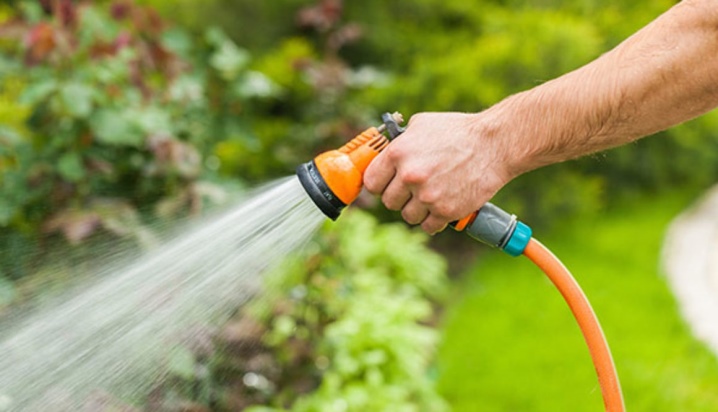
Top dressing
It is customary to fertilize Viburnum vulgaris twice a season, in autumn and spring, using selected mineral complexes. If we are talking about natural fertilizers, then it is enough to apply them once every 12 months. Of the mineral fertilizers, phosphorus, potassium and nitrogen are introduced in the spring, and only phosphorus and potassium in the fall. Organic matter, which consists mainly of rotted manure, is used in the autumn during the digging of the earth. In this case, it is not forbidden to combine two types of fertilizers and supplement manure with potassium and phosphorus.

In addition, in the spring, before the first leaves appear, some gardeners feed the viburnum with a couple of tablespoons of urea, and before flowering, add a couple of tablespoons of potassium sulfide to the soil.
Pruning
Pruning of black viburnum is carried out only in the spring, before the leaves appear and the buds begin to move. The procedure is sanitary, since frozen, broken, diseased or aged shoots are mainly removed. The formation of the crown can be carried out by simple manual pinching, thus processing branches over 30 centimeters long. If it is decided to design a shrub in the form of a tree, then in the second year all lateral processes are simply cut off so that all the plant's forces go to the development of the main trunk. A similar procedure is repeated in the following years. Rejuvenating pruning is done every 6-10 years.
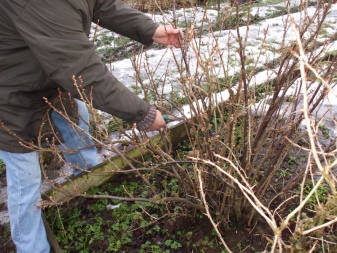
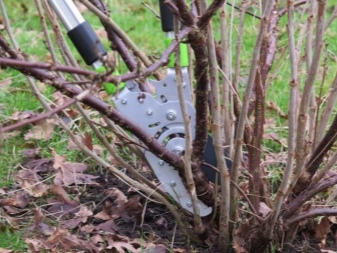
During it, about a dozen of the healthiest and strongest branches are left, and all the rest are cut off. As a radical action, it is necessary to cut the shrub completely, leaving only a thirty-centimeter stump.
Disease and pest control
Kalina gordovina very rarely gets sick or becomes a target for pests, but some insects still have their negative effect. As a rule, we are talking about scale insects, aphids or cap moths. Of the diseases, spotting or powdery mildew is most often manifested. Insects are usually dealt with by insecticides, for example, Karbofos is used to combat the shield. To get rid of aphids, you can simply plant a trichogramma next to the viburnum.
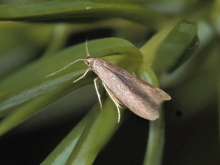
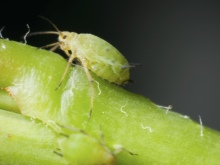

It happens that the leaves of the bush are attacked by the viburnum leaf beetle. In this case, the shoots will have to be treated with chlorophos of the required percentage. Fungicides do well with spotting and powdery mildew. As a prophylaxis of diseases, garlic, onion and tobacco infusions are used.
Preparing for winter
Kalina gordovina has good frost resistance, therefore, before the winter season, it does not need special preparatory measures. You can just check the mulch layer and make sure it is at least 5 centimeters. The lower density is corrected with additional peat or humus.
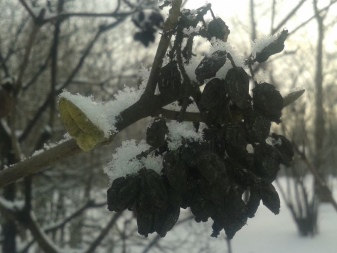
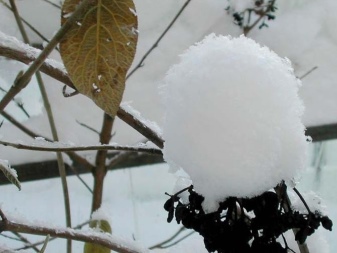
Reproduction
Viburnum vulgaris reproduces in several ways.
- Layers. This method is used only in spring. Several shoots are pressed to the ground and fit into grooves 10 to 15 centimeters long. They are fixed with staples or just the ground. In the autumn, the offspring should already have formed roots, which means that the layers are ready for transplantation.


- Division of the bush. This method is allowed only for young shrubs and is carried out both in spring and autumn. When forming delenki, it is important to ensure that at least three renewal buds are present on each.
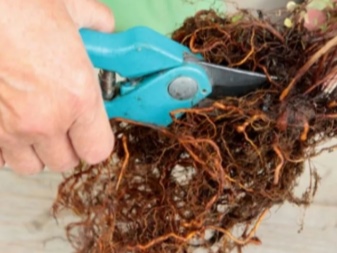
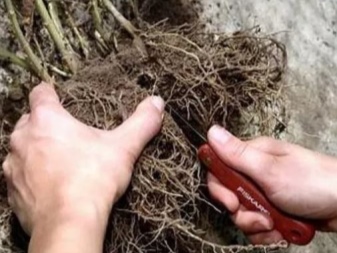
- Propagation using seeds considered to be very effective, but slow. Before the procedure, the seed has to be kept in the refrigerating chamber for almost 6-7 months, with the first 3 months maintaining the temperature from 18 to 20 degrees Celsius, and the remaining 3-4 months - from -3 to +5 degrees. During planting, the seeds deepen only 3 centimeters.
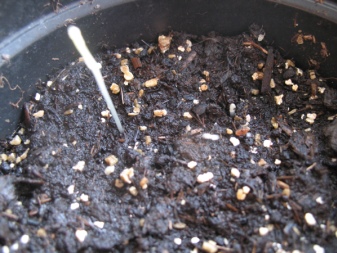

- When choosing cuttings shoots are cut in the summer, from about June to July. Each cutting must have a length of 10 centimeters and must have at least two buds. The lower leaves on the handle are removed completely with an oblique cut, and the upper ones are shortened by half with a straight cut. The twigs are kept in a growth promoter until the roots appear.
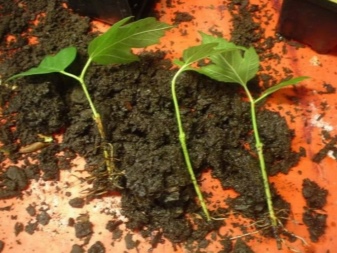

Beautiful examples in landscape design
Viburnum black is quite popular in landscape design. Most often it is used as a part of a hedge, which looks especially impressive during flowering or fruiting. A hedge can surround the site or be used for zoning a space. Thanks to the ease of growing, including pruning, it will be very easy to adjust the height and density of the hedge. A shrub is also suitable for creating a small recreation area - you can simply plant one shrub and place a bench next to it. Quite often, arrogance is used to hide unsightly surroundings, for example, facades or walls.
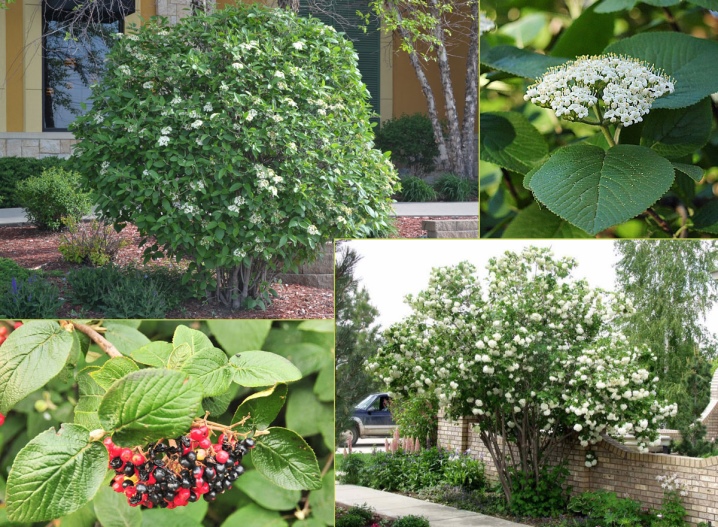
For information on how to properly care for viburnum gordovina, see the next video.



































































The comment was sent successfully.